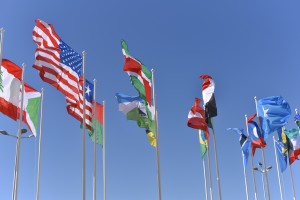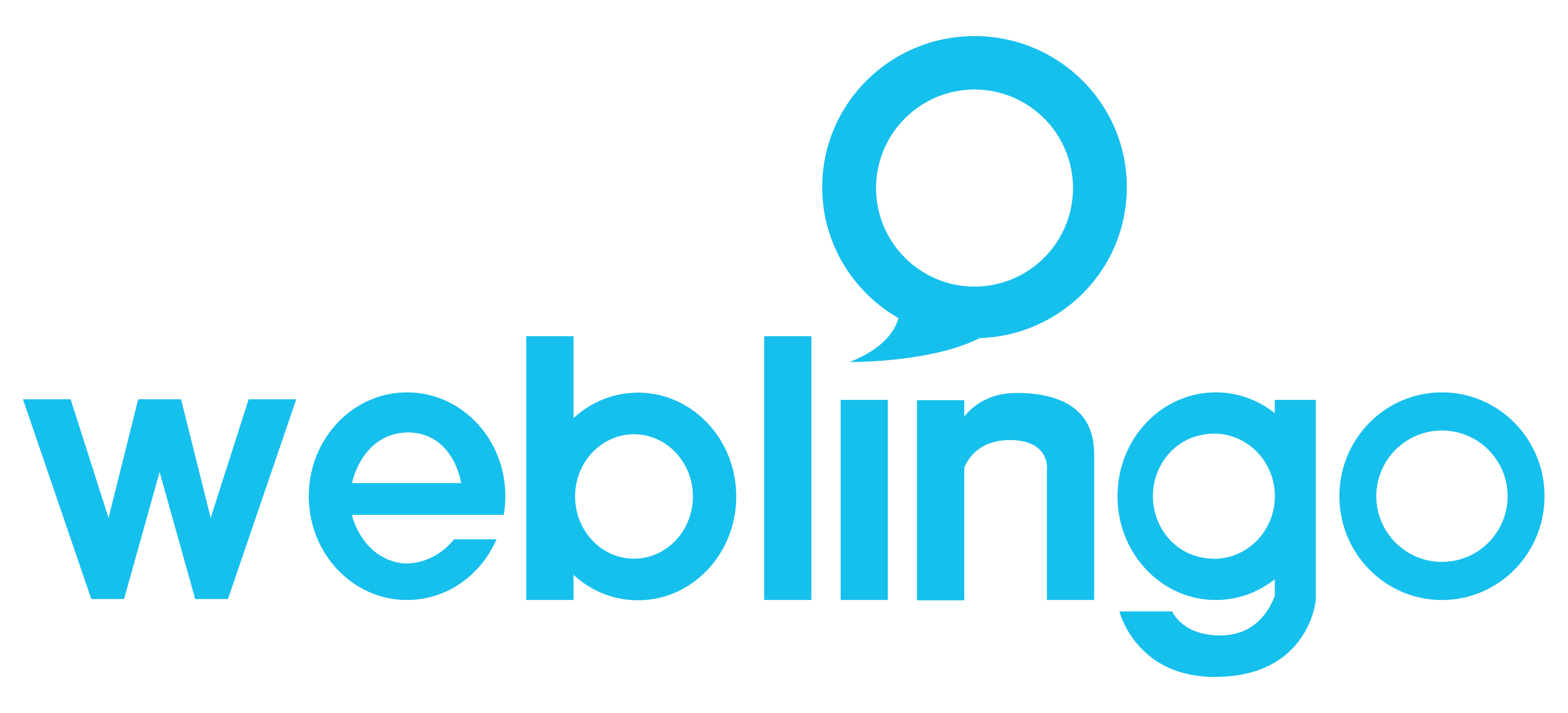 Translation can be tricky. It’s both a science and an artform.
Translation can be tricky. It’s both a science and an artform.
Incorrect terminology translations, tone, grammar, or even dialect can derail even the simplest of translation requirements into a word salad of gobbledy gook.
So, we thought it a good idea to highlight seven elements you need to consider when translating content for multiple markets.
- Source Content:
Be familiar with your source content. Often clients will forward on some content requiring translation and have no idea of what the content entails. This makes it extremely difficult to address any queries the linguist may have and slows down the process of translation.
- Target Language
Too often clients would like to break into foreign markets and are unsure of the prevalent language of the region, nor the respective dialect required. Always research your prospective regions and the cultural requirements to ensure you’re speaking to that region in their mother-tongue, and doing it well.
- Target dialect
There are certain regional differences within the same language. Having the knowledge of what those are can take your translations from general to personalised. Getting the dialect or even tone of the translated content incorrect can result in your translated content being overlooked before you’ve even communicated the key essence of your message.
- Delivery Format
Localisation software has come a long way, so considering the format of your source content as well as the required delivery format can greatly affect turnaround time. Agencies should be able to translate directly into the files in question and save your designers a bunch of time and heartache copying and pasting a foreign language into content blocks.
- Voice:
Understanding your region is one thing, but you also need to understand the market you’re communicating with. You need to decide on the voice of your translations that you require. It could require more of an academic feel, a friendly, warm tone or a firm and stern voice to further elaborate on your communications. An academic feel won’t necessarily work when dealing with the general public, nor will a stern tone work within medical questionnaires. This needs to be considered.
- Prevalent Terminology
One quality assurance measure to take is to have all prevalent terminology / phrases and/or sentences extracted from the text and translated prior to the entire project being translated. Having your key terminology translated and having those translations approved means that your key, unique elements of your project have approved, correct translations. The rest of the content will follow the same tone of voice, style and ultimately be more consistent.
- Translation Memory
If your agency offers this, take them up on it. All businesses have a certain level of duplication within their content, be it slogans, product descriptions etc. Translation memories save all previous translations so when it comes to time to translate the same sentence/phrase in new content, the previous translation can simply be leveraged and you won’t be charged twice, in full, for the same phrase and or sentence to be translated. It also makes updates to existing content, like websites, a breeze to manage.
Until next time,
Jim
For more information, get in touch with Web-Lingo for 89 languages, a fast turnaround, a same-day quote and a personal service that is second to none.
